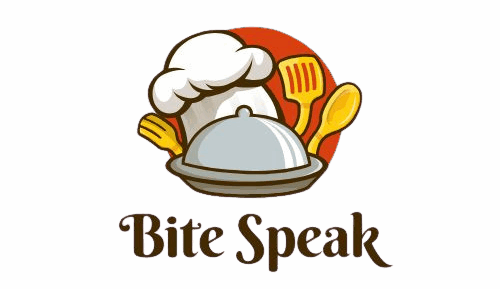21 Foods That Can Contribute To Clogged Arteries

In modern culinary culture, it’s easy to stumble upon foods that are not best friends with your heart. A diet high in saturated fats, trans fats, cholesterol, and sodium can lead to the gradual clogging of arteries, posing a serious risk to cardiovascular health. This article explores 21 common foods known for their artery-clogging potential, guiding you to make heart-smart choices without sacrificing flavor. From the allure of crispy fried delights to the hidden dangers in everyday condiments, each item is a reminder of the delicate balance between indulgence and well-being.
1. Processed Meats

Processed meats, such as bacon and sausage, are a staple in many breakfast menus. However, their high content of saturated fats, cholesterol, and sodium can wreak havoc on heart health. These meats undergo significant processing, which often includes curing, smoking, and adding preservatives. Such methods enhance flavor but also increase harmful compounds. Consuming these regularly may lead to increased LDL cholesterol and hypertension. A curious fact: nitrates used in curing can turn into nitrosamines, potential carcinogens.
2. Fried Foods

Fried foods are comfort on a plate, often evoking memories of fairs and family gatherings. Yet, their appeal comes with a health cost. Items like French fries and fried chicken are typically cooked in oils rich in trans fats, contributing to bad cholesterol levels. The process of deep frying alters the chemical structure of oils, forming harmful compounds. It’s not merely the oil but the batter, often made from refined grains, that adds to the caloric load. Interestingly, some cultures use air frying to achieve similar textures with less fat.
3. Fast Food Burgers

Fast food burgers are a convenient delight, embodying the essence of modern dining. They often combine fatty beef patties, cheese, and creamy sauces, wrapped in refined buns. This concoction is a high source of saturated fat and sodium, both detrimental to artery health. The allure lies in their quick service and satisfying flavor, making them a staple for many. Despite this, moderation is key to avoid long-term cardiovascular issues. Notably, some chains now offer leaner options with whole-grain buns and plant-based patties to cater to health-conscious consumers.
4. Packaged Baked Goods
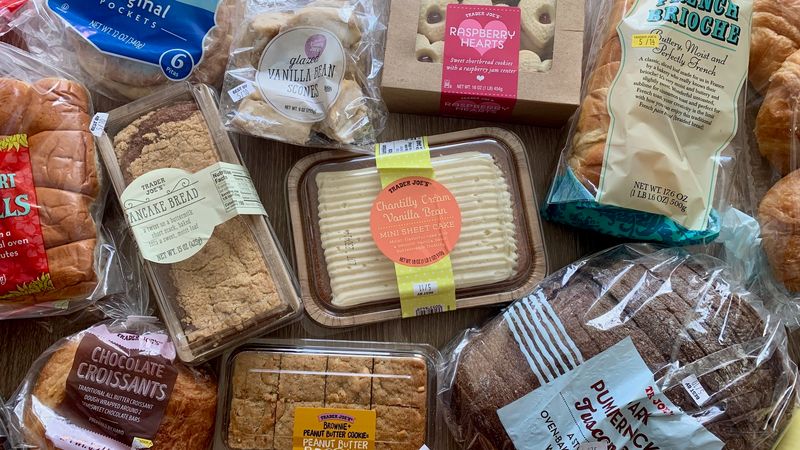
Packaged baked goods, with their sweet aroma and soft textures, are hard to resist. These treats, including cookies and pastries, are often laden with trans fats, added sugars, and refined flour. These ingredients are linked to poor lipid profiles and increased inflammation. The convenience of these ready-to-eat snacks makes them a popular choice, but regular consumption can lead to arterial plaque buildup. A whimsical fact: many countries have imposed regulations to limit trans fats in baked goods, promoting healthier alternatives.
5. Butter
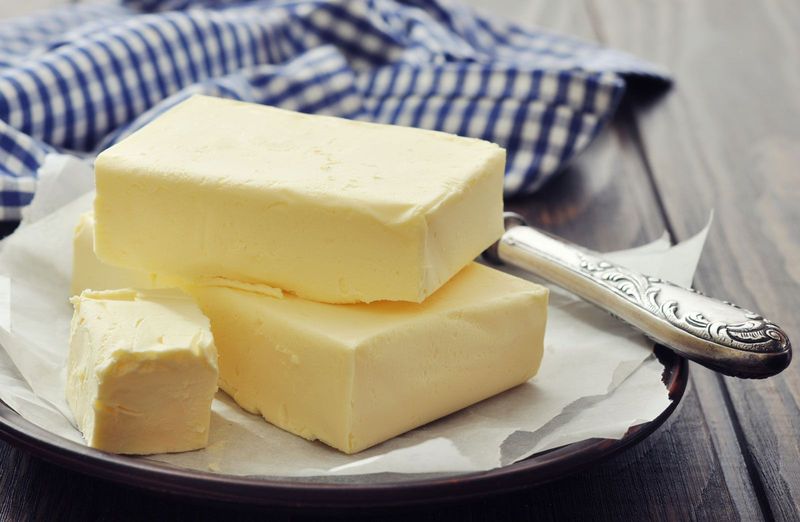
Butter is a culinary cornerstone, adding richness and flavor to countless dishes. Yet, its high saturated fat content can be a silent offender for heart health. When used liberally in cooking or baking, it contributes to elevated cholesterol levels. Butter’s allure is its ability to enhance taste and texture, making it hard to substitute in some recipes. Some chefs now advocate for olive oil or avocado as healthier alternatives. Interestingly, traditional butter is undergoing a renaissance with artisanal and grass-fed varieties gaining popularity.
6. Heavy Cream

Heavy cream, synonymous with indulgence, finds its way into soups, sauces, and desserts. Its creamy texture is a result of high butterfat content, which also makes it high in saturated fats. Regular consumption may lead to increased cholesterol and arterial plaque. Despite these concerns, it’s a favorite for adding richness and smoothness to recipes. Some health-conscious chefs opt for plant-based creams as a substitute. Historically, heavy cream has been a symbol of luxury in culinary circles, reserved for special occasions and gourmet dishes.
7. Cheese (in excess)

Cheese is a beloved staple, celebrated for its diverse flavors and textures. While it’s nutrient-dense, providing calcium and protein, excessive consumption is linked to heart issues due to high saturated fat and sodium content. The rich taste of cheese often leads to overindulgence, raising LDL cholesterol and blood pressure. Interestingly, some studies suggest moderate cheese consumption could have health benefits, though balance is crucial. Gourmet cheese-tasting events highlight the fine balance between indulgence and health, offering smaller portions to savor.
8. Ice Cream

Ice cream, a universal symbol of joy and celebration, carries a hidden burden of sugar and saturated fat. This delectable treat, often enjoyed on hot summer days, can significantly contribute to arterial clogging when consumed in large amounts. The indulgence of creamy textures and sweet flavors masks the potential for heart disease. Many brands now offer low-fat or dairy-free options without compromising taste. A fun tidbit: the earliest forms of ice cream were made with sweetened snow by ancient civilizations, a far cry from today’s creamy versions.
9. White Bread and Rolls

White bread and rolls, with their pillowy softness, are a daily staple for many. Made from refined flours, they lack essential nutrients and fiber, contributing to rapid spikes in blood sugar. Such fluctuations can lead to inflammation and fat accumulation in arteries. Despite their popularity, whole-grain alternatives offer a heart-healthier option. The history of white bread dates back to ancient civilizations, where processing methods were a status symbol. Today, there’s a growing trend towards artisanal and whole-grain breads that prioritize nutrition over refinement.
10. Sugary Breakfast Cereals
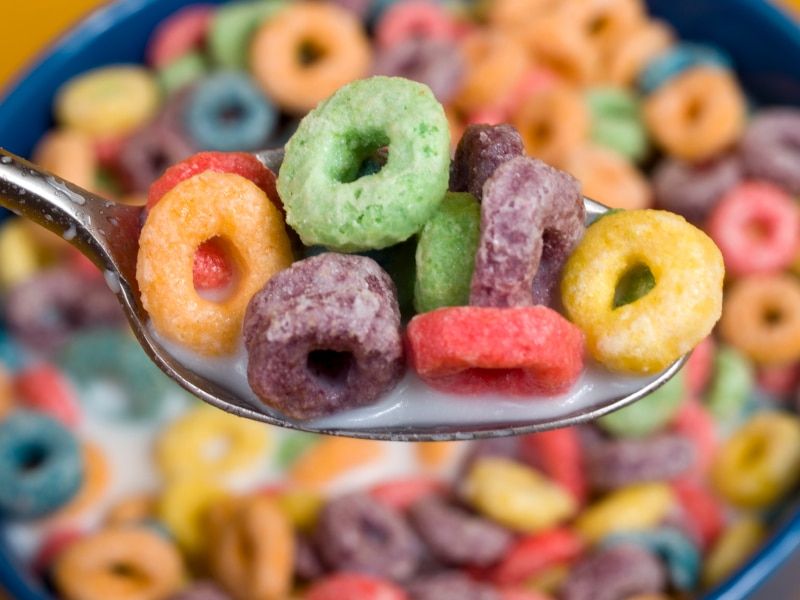
Sugary breakfast cereals often captivate with vibrant colors and cartoon mascots. However, beneath the playful exterior lies a concoction rich in added sugars and refined grains. These cereals can contribute to poor lipid profiles and increased risk of heart disease. The convenience and taste appeal to busy families, yet moderation is key to maintaining health. Many companies now fortify cereals with vitamins, though the sugar content remains high. Interesting to note, the first breakfast cereals were health foods, a far departure from today’s sugary offerings.
11. Red Meat (fatty cuts)
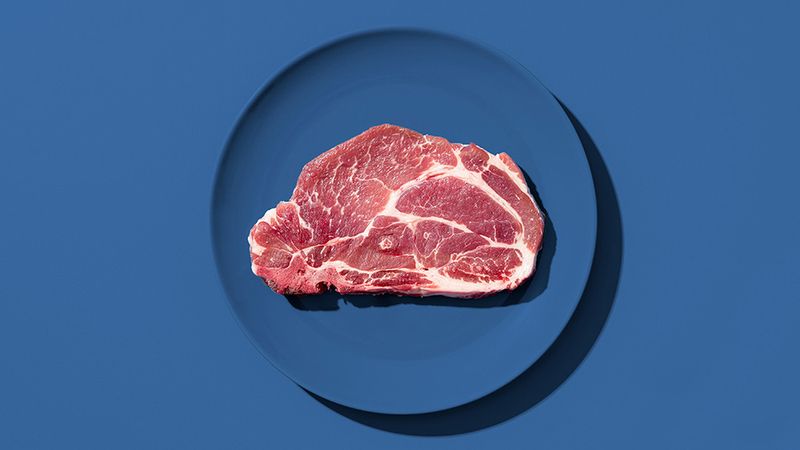
Red meat, particularly fatty cuts, has long been a centerpiece of hearty meals. Its rich flavor and satisfying texture come with the downside of high saturated fat content. Consuming fatty cuts regularly can elevate LDL cholesterol and increase heart disease risk. Leaner cuts and plant-based alternatives are gaining traction among health enthusiasts. Historically, red meat was a symbol of prosperity, often reserved for special occasions. Balancing its consumption with heart-healthy foods is essential to maintain well-being while enjoying its culinary pleasures.
12. Pizza (especially with extra cheese and processed meats)

Pizza, a universally beloved dish, often becomes a guilty pleasure when loaded with extra cheese and processed meats. The combination of saturated fat, sodium, and refined carbohydrates makes it a potential artery-clogger. Its enduring popularity lies in its versatility and flavor, catering to a wide range of tastes. Healthier versions include whole-grain crusts and vegetable toppings, offering a balanced approach. An interesting fact: traditional Neapolitan pizza is recognized by UNESCO as an intangible cultural heritage, emphasizing quality ingredients and moderation.
13. Microwave Popcorn (with butter flavoring)
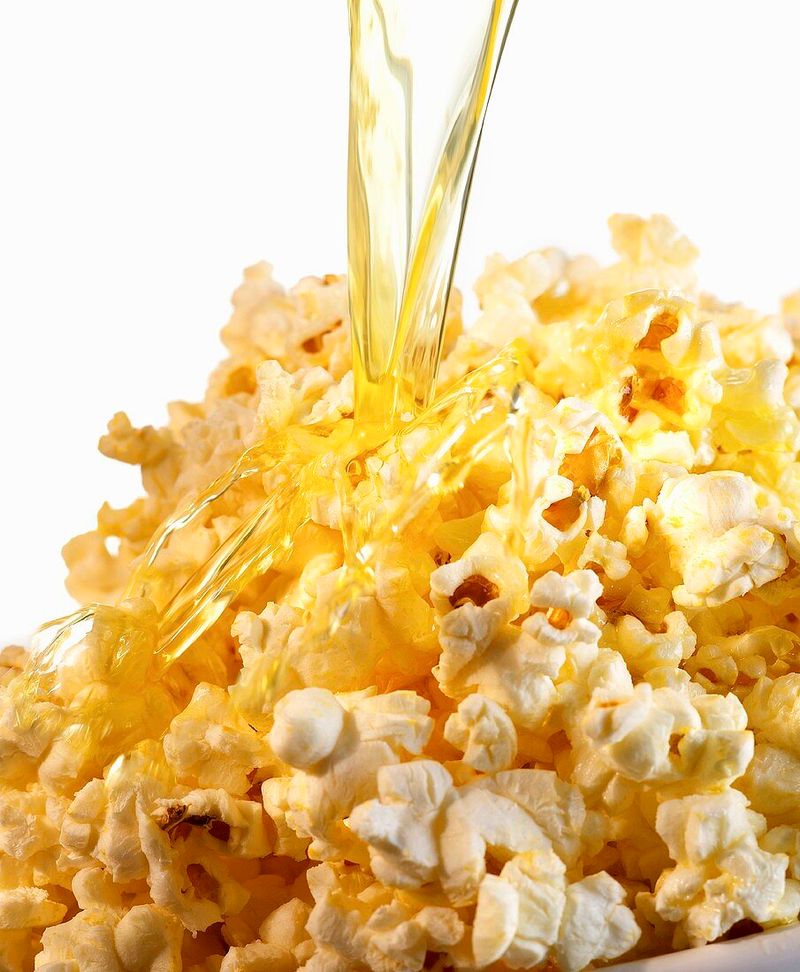
Microwave popcorn, with its buttery aroma and crunch, is a favorite movie-time snack. However, some varieties contain trans fats and artificial additives, which can contribute to cardiovascular inflammation. The convenience and flavor often outweigh health considerations, yet air-popped alternatives are available. Interestingly, popcorn was once a staple food for Native Americans, long before it became associated with cinema snacks. Modern consumers are becoming more aware of ingredient labels, opting for versions without artificial flavors or excessive fats.
14. Sweetened Beverages (soda, sweet tea, energy drinks)

Sweetened beverages, from fizzy sodas to energy drinks, are a ubiquitous part of modern diets. While they quench thirst, their high sugar content poses a threat to heart health. Consuming these regularly can lead to weight gain, insulin resistance, and increased triglycerides. Despite their popularity, many are turning to sugar-free and homemade alternatives. Historically, the invention of soda fountains in the 19th century marked the beginning of a beverage revolution. Today, awareness campaigns highlight the risks associated with excessive sugar intake.
15. Canned Soup (high-sodium varieties)
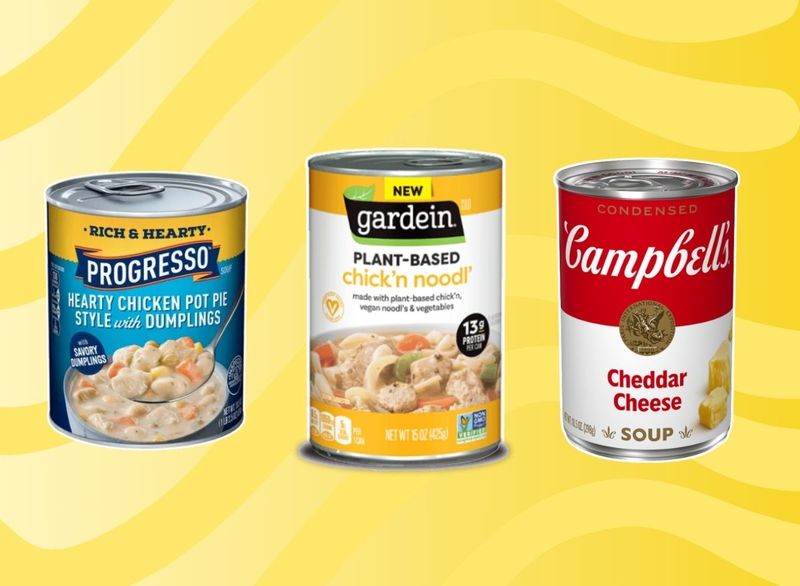
Canned soup offers the comfort of home cooking in a convenient package. However, many varieties are high in sodium, which can elevate blood pressure and contribute to heart strain. The history of canned soups dates back to the early 20th century, offering a quick meal solution. Modern consumers are increasingly aware of sodium content, opting for reduced-sodium versions. The evolution of canned soups reflects changing dietary preferences, balancing convenience with health considerations.
16. Creamy Salad Dressings
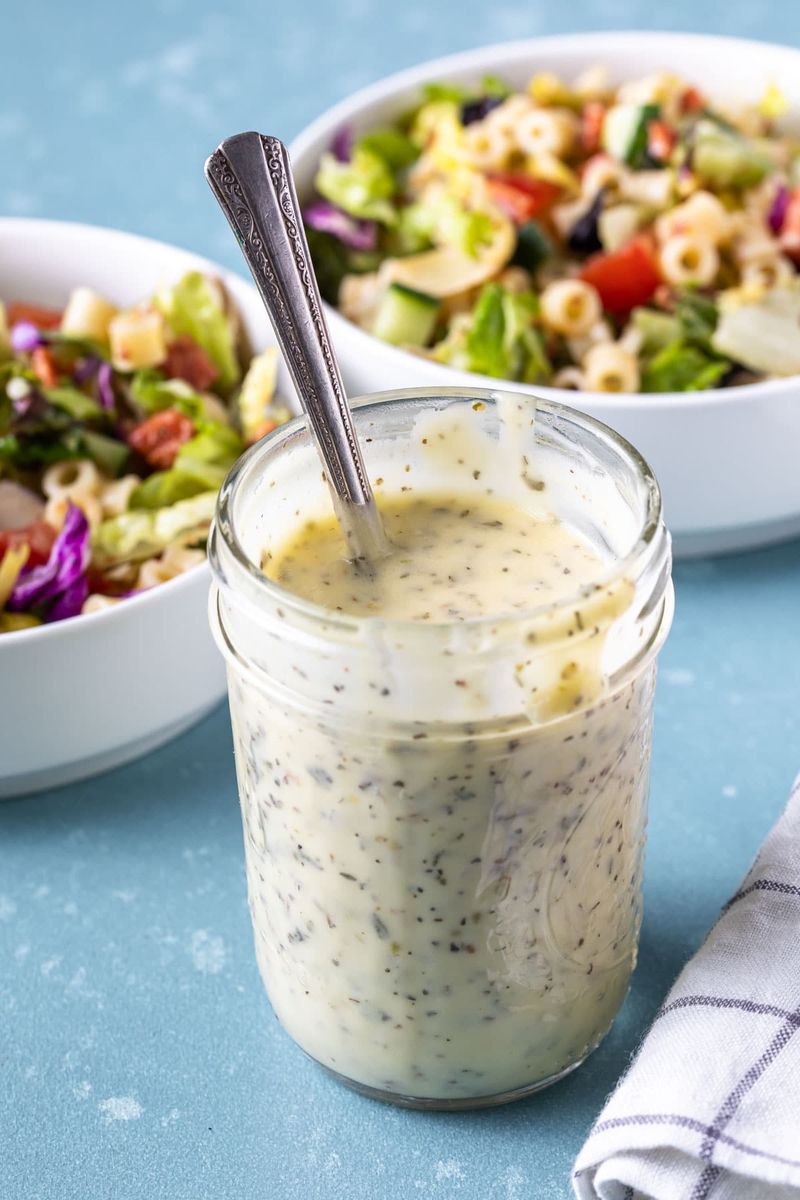
Creamy salad dressings, like ranch and Caesar, add a burst of flavor to greens but come at a nutritional cost. High in fats and low in beneficial nutrients, they can contribute to poor heart health when used excessively. Their creamy texture and taste often lead to overuse, overshadowing the health benefits of salads. Many opt for vinaigrettes or homemade dressings to maintain flavor without added calories. The popularity of creamy dressings reflects a tendency to prioritize taste over nutrition, though awareness is growing.
17. Mayonnaise
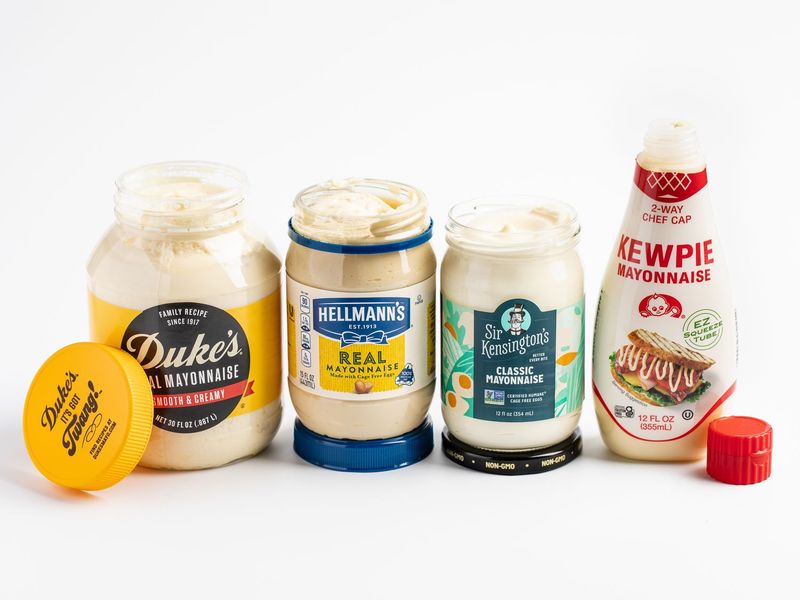
Mayonnaise, a staple in many kitchens, offers a creamy base for sandwiches and salads. Despite its versatility, it’s a dense source of calories and fats, particularly in large portions. Overconsumption may contribute to weight gain and arterial blockage. The origins of mayonnaise trace back to the 18th century, with various theories about its invention. Today, light and vegan versions are available, catering to health-conscious consumers. The creamy allure of mayonnaise makes it a favorite, though moderation remains key for heart health.
18. Flavored Coffee Creamers
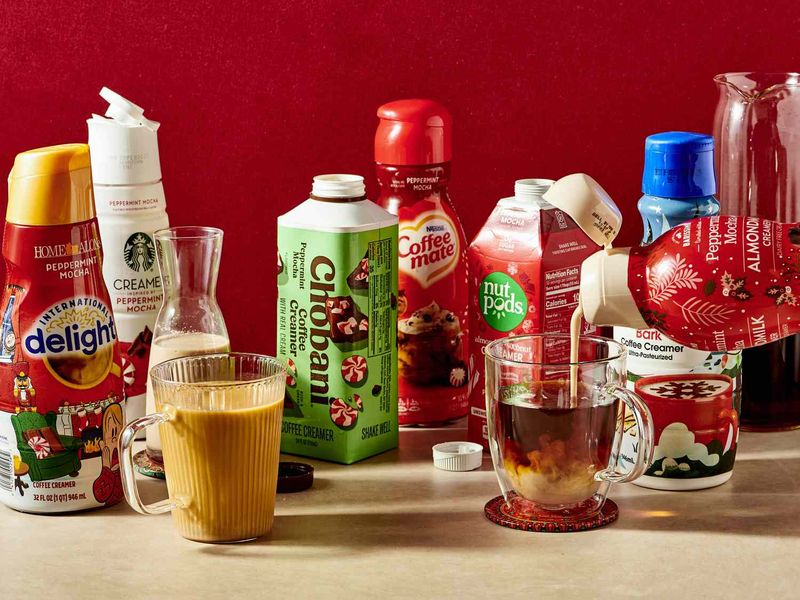
Flavored coffee creamers transform a simple cup of coffee into a sweet treat, but often at a cost to heart health. These creamers are packed with trans fats, added sugars, and artificial ingredients. While they enhance flavor, they can contribute to inflammation and unhealthy cholesterol levels. The rise of plant-based creamers offers alternative choices with fewer health risks. Interestingly, flavored creamers became popular in the mid-20th century, paralleling the coffee culture boom. Awareness of ingredient impact prompts some to switch to natural flavor enhancers.
19. Margarine (stick form)

Margarine, particularly in stick form, was once hailed as a healthier alternative to butter. However, certain brands contain partially hydrogenated oils, a source of trans fats that can damage heart health. Its affordable price and spreadability make it a common choice, though scrutiny over its ingredients is increasing. The creation of margarine dates back to the 19th century as a butter substitute. Modern brands strive for trans-fat-free formulas, aligning with healthy living trends. Margarine’s journey reflects the evolving understanding of dietary fats and their impact.
20. Chicken Skin

Chicken skin, with its crispy allure, often tempts diners to indulge. While chicken is generally a lean protein, the skin is rich in saturated fats and cholesterol, potentially impacting heart health. The temptation to enjoy it lies in its flavor and texture, reminiscent of comfort food. Many choose to remove the skin to reduce fat intake, balancing taste with health. The practice of roasting chicken with skin dates back centuries, celebrated for its succulence. Today, health-conscious cooks experiment with seasonings to enhance skinless chicken dishes.
21. Packaged Instant Noodles
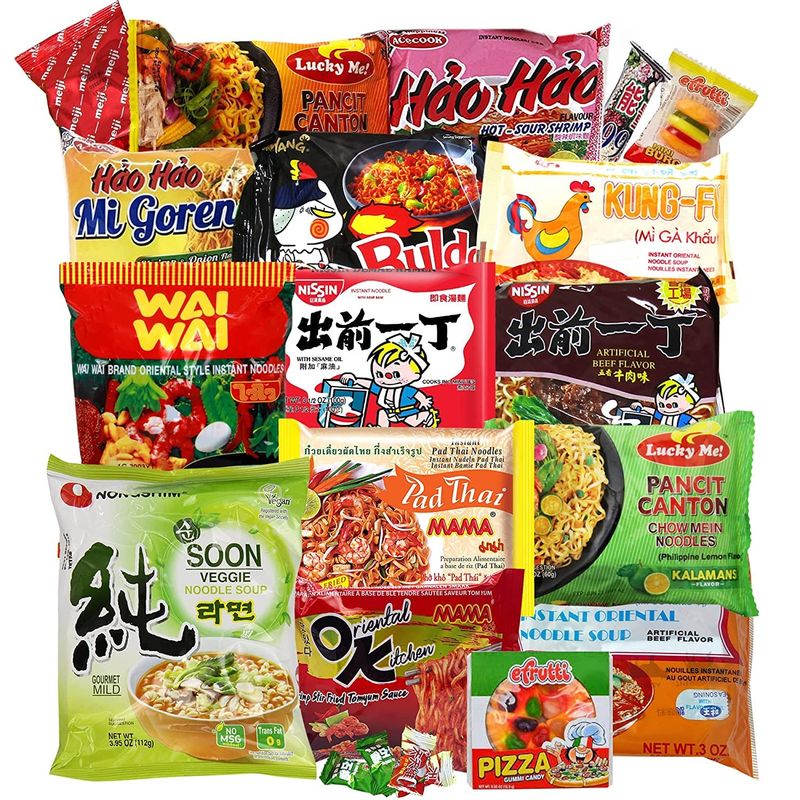
Packaged instant noodles, with their convenience and flavor, are a go-to meal for many. Their appeal is marred by refined flour and high sodium content, which can elevate blood pressure and contribute to heart strain. The seasoning packets, often loaded with MSG and salt, add to the health concern. Despite this, instant noodles continue to be a staple in many households. Their history is rooted in post-war Japan, designed as an affordable and quick meal solution. Modern consumers seek innovative, healthier versions that maintain convenience without compromising health.
